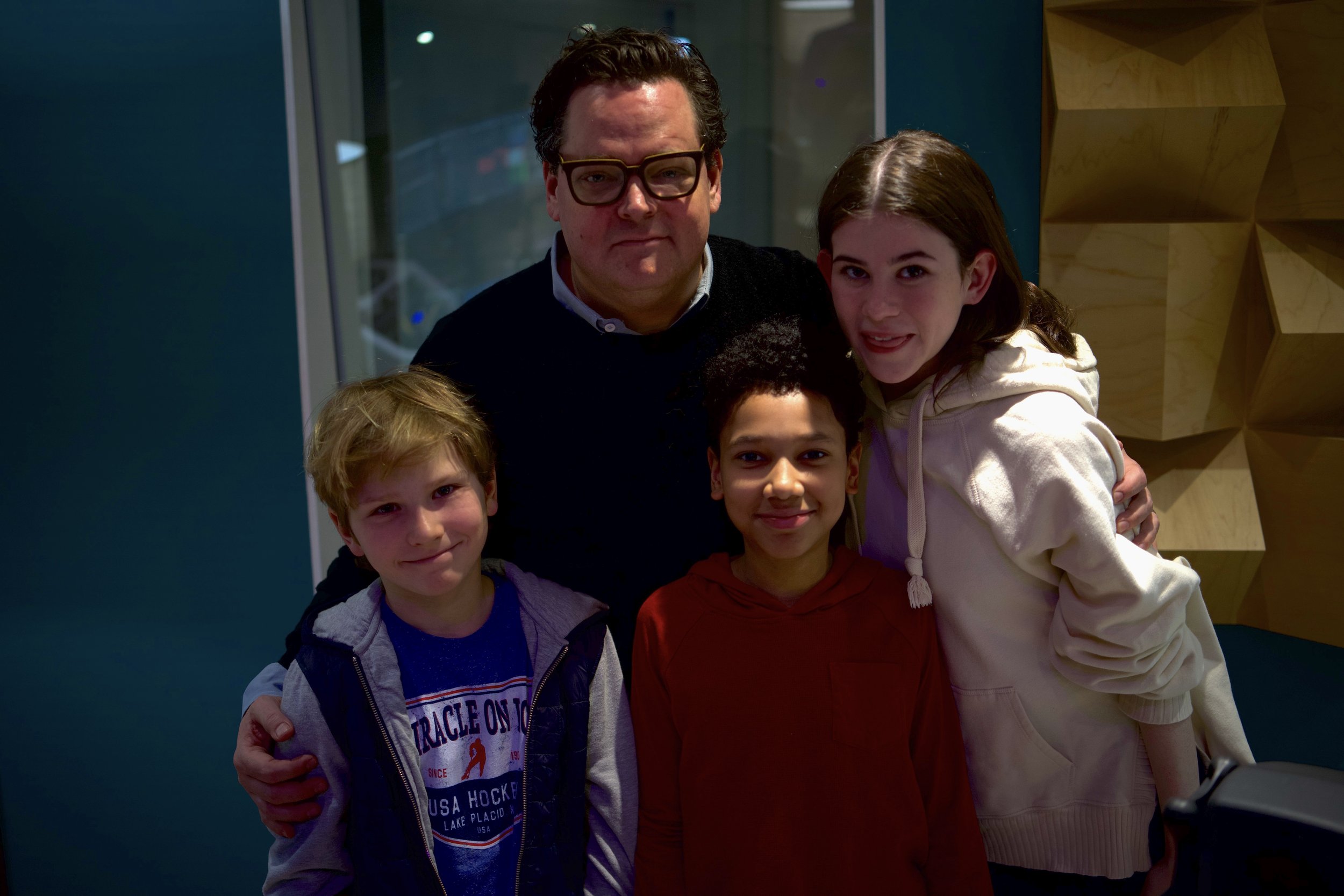Episode 2
”Varmint Rifle”
subscribe to our mailing list for more updates







My friends have a house in Wisconsin. It’s a farm with some chickens and flowers and a long sloping path that leads to a shallow lake. It’s quite beautiful. It’s one of those places where you can look in one direction and not see anything modern and think this is what it looked like in 1981. And 1961. And 1901. We were up there one Fourth of July and visited a celebration in the town square - there were Boy Scouts and homemade cookies and a marching band, and there was the local GOP raffling off an AR-15.
I started daydreaming about the old world and the new, and how we’ve become so conditioned to seeing threats everywhere that we are willing to forfeit any amount of sanity in the name of keeping them at bay. Did you know that the Authorized Use of Military Force passed after 9/11 is still in effect?
So I started asking myself: what’s worth sacrificing in the name of safety?
*There are spoilers in this part so don’t read unless you’ve listened*
“Varmint Rifle” is a story about hard choices and responsibility, and how growing older forces you to sometimes (often?) make flinty-eyed decisions to keep the ones you love out of harm’s way. Is Hal wrong for shooting the rabbit that’s eating their lettuce? I am a city boy with soft hands and I’m sure I’d have lots of weepy ideas about humane traps. But I eat meat. And I try not to think much about the ethics of the system that brings that meat to my plate.
If the missiles were coming, and you had room and supplies for your family, maybe you’d let in an extra person who had nowhere to go. But would you let in 3? How about 5? When does being humane cross over into putting your family at risk?
As to how much of a role Thomas’ race plays in Hal’s decision, I hoped to ask: How often do we rationalize our unconscious biases by saying we “had no choice”? Thanks to Jeremias Darville and his parents for reading the script and trusting us to be thoughtful about it.
–
Ok, spoilers over.
Hal is played by my friend Tracy, who I’ve known for many years. I was lucky enough to contribute music to Tracy’s world-beating play August: Osage County, including the song that Little Charles sang on stage every night. Getting to have a few words in a piece of that stature was a thrill beyond compare. Tracy was nice enough to set up a little makeshift studio in his new home in [redacted] and we beamed him in with Audio Technology™. Young Mathilde is played by Campbell Krausen, an actor of tremendous ability and sincerity. I met Campbell in an acting class I taught at Actors Training Center in Wilmette, and even as a kid she displayed such skill and charisma I knew I wanted to work with her again. I’m telling you, she’s gonna be a big deal. She already is. Having the great Rusty Schwimmer play the older Mathilde was an incredible stroke of good fortune - she really got the cadence and the tone of what we were trying to do right away. She can do anything, seriously. Jeremias and Johnny made the whole thing real - they’re kids but they’re real actors, and they created actual people out of thin air. A special thank you to Johnny’s family for letting me come over and record him doing all the wheezing I forgot to grab when we were in the studio.
“Varmint Rifle” is a perfect encapsulation of everything Bryen Hensley brings to Incoming. I had started daydreaming about trying to turn my imaginary TV show into a real audio project. Bryen had done a great job designing the sound and mixing on a movie I made called Imperfections, and beyond that we just totally hit it off. He’s been a stalwart creative partner throughout this whole thing, and his incredible talent comes through in every episode. I’ll let him talk about his process in “Varmint Rifle”:
“‘Varmint Rifle’ was a particularly fun episode to produce. Our actors were so good and brought a lot of life to the script. Tracy Letts, who plays the father, was at his home for the recording and the 3 kids were all together in the studio. In an interesting way, having that separation between Tracy and the 3 kids played nicely into the story arc.
”The sound design was also a lot of fun to create. Working on something set in a different time period is always a challenge as things have to sound accurate for the time. Being that this was set in the 1960’s, a quick bit of research helped to determine how a bomb shelter was constructed and what would have been placed in it. Climbing up and down the ladder, the cramped space, the large door, all played a vital role in making the sound of ‘Varmint Rifle’.
“Mixing this episode was the most fun. Having Dolby Atmos as a tool gave us the ability to really immerse ourselves in the scenes. In particular moving in and out of the bomb shelter, we had the ability to give our listeners the sense of height when our characters were up top above the shelter and those that were down in the bunker.”





